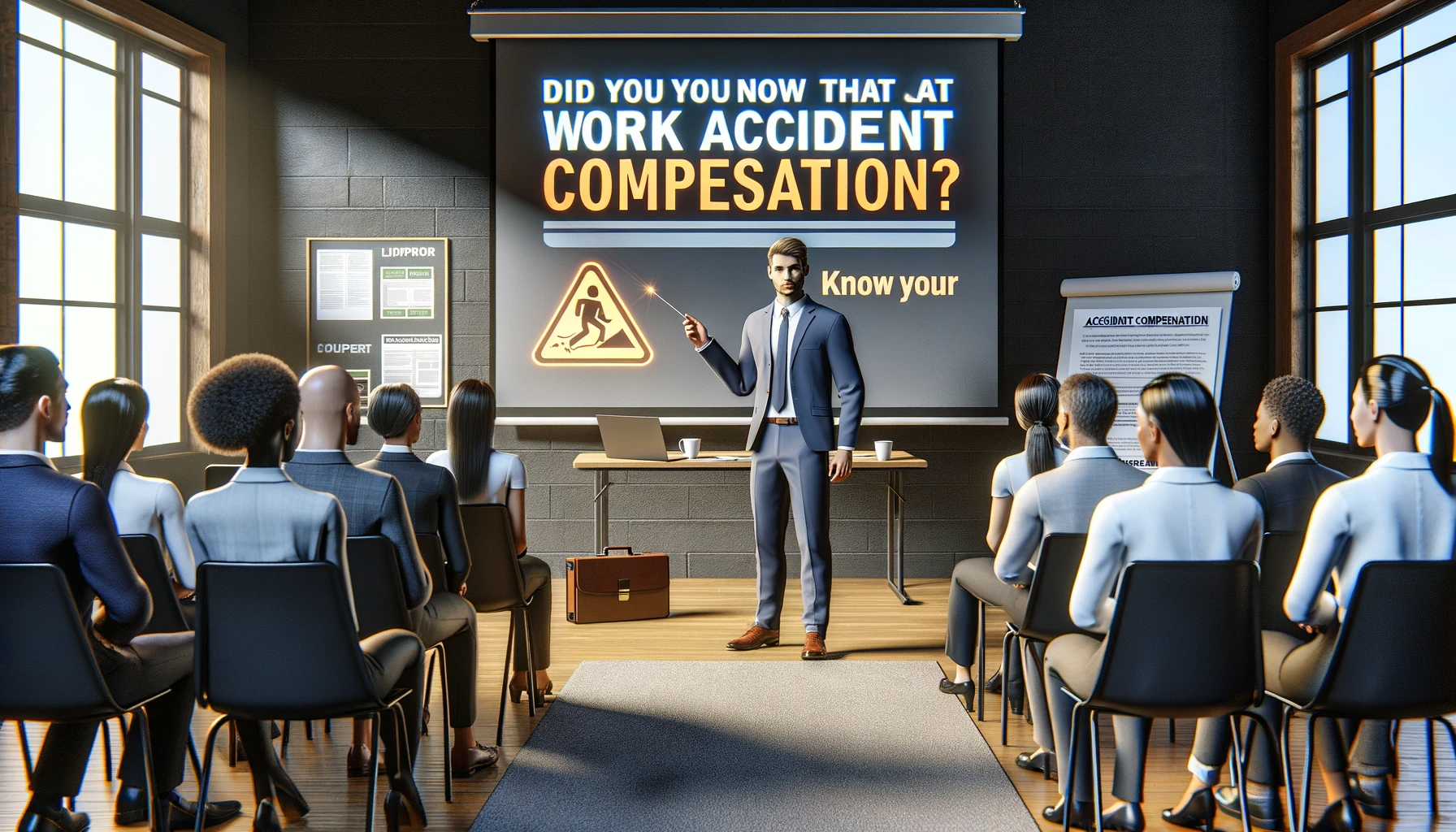Workplace safety is of utmost importance for any organization, as it not only protects employees but also contributes to the overall success and productivity of the business. By implementing effective accident prevention measures and prioritizing employee protection, companies can create a safe and secure working environment. In this article, we will discuss ten essential actions that organizations can take to prevent workplace accidents and ensure the well-being of their employees.
Ensuring the well-being of employees goes beyond physical safety. It involves creating a supportive work environment that promotes their overall health and happiness.
Introduction
Ensuring workplace safety should be a top priority for employers, regardless of the industry or sector. By understanding and addressing occupational hazards, implementing safety measures, and promoting a culture of safety, organizations can significantly reduce the risk of accidents and injuries. This article aims to provide valuable insights and practical tips to help employers protect their employees and create a safe work environment.Importance of Workplace Safety
Workplace safety is crucial for several reasons. Firstly, it protects employees from potential harm, ensuring their physical and mental well-being. Secondly, it reduces the financial burden associated with workplace injuries, such as medical expenses and compensation claims. Additionally, a safe work environment boosts employee morale, productivity, and overall job satisfaction.Understanding Occupational Hazards
To effectively prevent workplace accidents, it is essential to identify and understand the common hazards present in the workplace. These hazards may vary depending on the industry, but some common examples include slips, trips, falls, exposure to harmful substances, electrical hazards, and ergonomic issues. Analyzing potential risks associated with each hazard is crucial for developing effective prevention strategies.Identifying common hazards in the workplace
The first step is to conduct a thorough assessment of the workplace to identify potential hazards. This can be done through regular inspections, employee feedback, and analysis of past incidents. By identifying the specific hazards relevant to your workplace, you can implement targeted preventive measures.Analyzing potential risks
Once the hazards are identified, it is important to assess the potential risks associated with each hazard. This involves considering the likelihood and severity of accidents or personal injuries. By prioritizing the risks based on their severity, you can allocate resources and efforts accordingly.Implementing Safety Measures
Implementing safety measures is crucial for accident prevention. This involves developing comprehensive safety protocols and guidelines that address the identified hazards and risks.Developing safety protocols and guidelines
Create clear and concise safety protocols that outline the necessary steps and precautions to be taken to prevent accidents. These protocols should cover various aspects, such as personal protective equipment (PPE), emergency procedures, equipment handling, and safe work practices. Regularly review and update these protocols to ensure their effectiveness.Conducting regular safety training
Providing adequate safety training to employees is essential for their well-being. Conduct regular training sessions to educate employees about the potential hazards, preventive measures, and emergency procedures. Encourage active participation and provide opportunities for employees to ask questions and clarify doubts.Hazard Control and Risk Management
Controlling hazards and effectively managing risks are critical for ensuring workplace safety.Identifying and assessing risks
Continuously monitor the workplace for new or changing hazards. Regularly assess the risks associated with these hazards to determine the most appropriate control measures.Implementing control measures
Implement control measures to eliminate or minimize the risks identified. This may involve engineering controls, administrative controls, or the use of personal protective equipment. Regularly review and evaluate the effectiveness of these control measures.Preventing Workplace Injuries
Promoting safety awareness and encouraging proactive measures can significantly contribute to preventing workplace injuries.Promoting safety awareness among employees
Create a culture of safety by promoting awareness among employees. Encourage them to identify and report potential hazards, near-misses, and unsafe practices. Reward and recognize employees who actively participate in maintaining a safe work environment.Encouraging reporting of near-misses and hazards
Establish a system for reporting near-misses and hazards. Encourage employees to report any incidents or potential risks they encounter. This information can help identify underlying issues and implement preventive measures.Ensuring Compliance with Safety Regulations
Compliance with safety regulations and standards is essential for maintaining a safe work environment.Understanding safety standards and regulations
Stay updated with the latest safety regulations and standards relevant to your industry. Ensure that your organization complies with these regulations and implements necessary changes to meet the requirements.Regular safety inspections and audits
Conduct regular safety inspections and audits to identify any non-compliance or areas that require improvement. Address any issues promptly and take corrective actions to ensure compliance.Promoting Employee Well-being
Providing a safe and healthy work environment
Apart from addressing physical hazards, consider factors that contribute to employee well-being, such as adequate lighting, ventilation, and ergonomics. Encourage regular breaks and provide access to amenities that support employee health, such as clean drinking water and comfortable rest areas.Encouraging work-life balance and stress management
Promote a healthy work-life balance by encouraging employees to take regular breaks and vacations. Implement stress management programs and provide resources for mental health support. Prioritize open communication and create a supportive work culture.Safety Precautions for Specific Work Environments
Different work environments may have unique safety requirements. Consider the following precautions for specific settings:Construction sites
Implement strict safety protocols for construction sites, including proper use of personal protective equipment, scaffolding safety, fall protection measures, and regular equipment inspections.Office settings
Address ergonomic issues by providing adjustable furniture, promoting correct posture, and encouraging regular breaks to prevent repetitive strain injuries. Ensure proper electrical safety and fire prevention measures.Manufacturing facilities
Implement machine guarding, lockout/tagout procedures, and regular equipment maintenance. Train employees on the safe use of machinery and handling of hazardous materials.Conclusion
Prioritizing workplace safety and accident prevention is essential for protecting employees and ensuring the success of any organization. By understanding occupational hazards, implementing safety measures, promoting safety awareness, and complying with regulations, employers can create a safe and secure work environment. Remember, investing in workplace safety not only protects employees but also contributes to increased productivity and overall business success.Look for an attorney who has the right legal resources for your legal needs.
Contact us here on the Warmuth Law website or through our hotline 888-517-9888.













